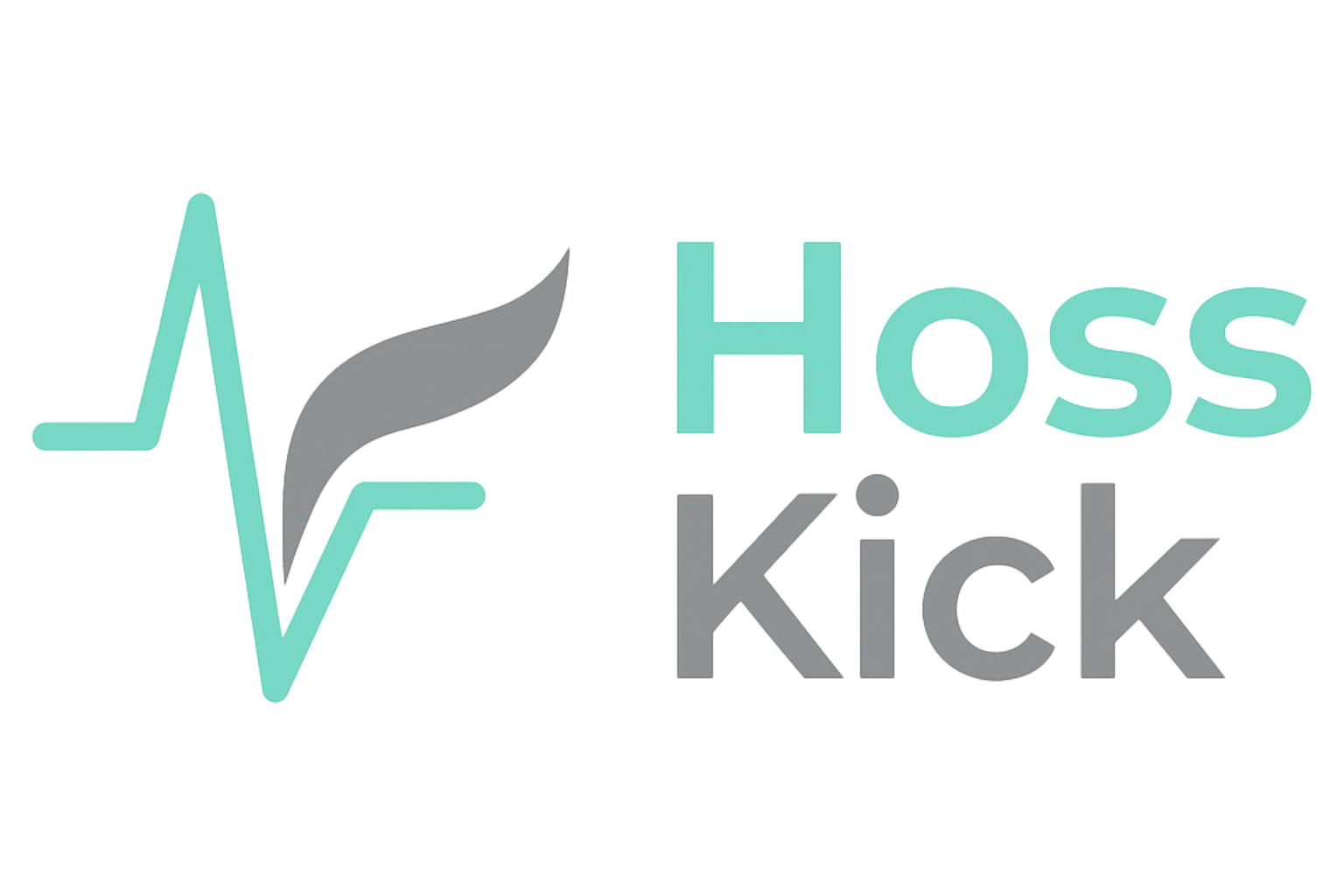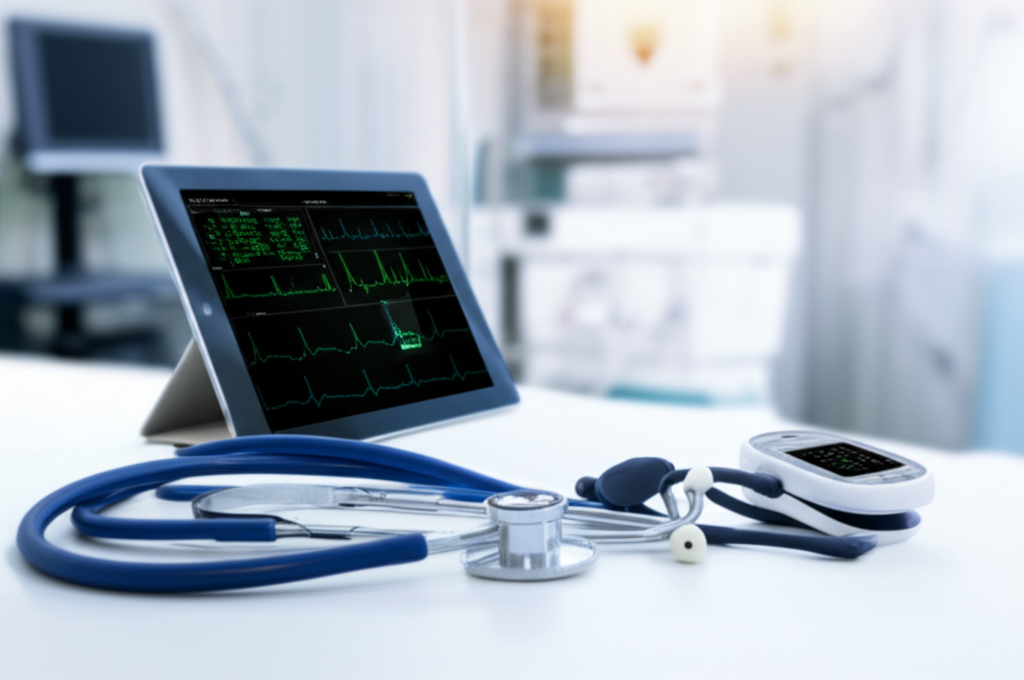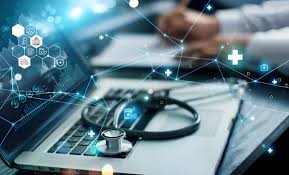# The Complete Guide to Remote Patient Monitoring in 2025
Remote Patient Monitoring (RPM) has emerged as one of the most transformative technologies in modern healthcare. As we move through 2025, healthcare providers are increasingly recognizing the immense value that RPM brings to patient care, practice efficiency, and financial sustainability.
## What is Remote Patient Monitoring?
Remote Patient Monitoring is a healthcare delivery method that uses technology to monitor patient health data outside of traditional clinical settings. This innovative approach allows healthcare providers to track vital signs, symptoms, and other health metrics in real-time, enabling proactive care management and early intervention.
## Key Benefits of RPM
### Improved Patient Outcomes
- **Early Detection**: Continuous monitoring enables early identification of health deterioration
- **Reduced Hospitalizations**: Proactive care prevents emergency situations
- **Better Medication Adherence**: Regular monitoring encourages patient compliance
- **Enhanced Quality of Life**: Patients can maintain independence while receiving quality care
### Practice Benefits
- **Increased Revenue**: Medicare reimbursement for RPM services
- **Improved Efficiency**: Streamlined patient management
- **Better Patient Engagement**: Enhanced communication and care coordination
- **Competitive Advantage**: Differentiation in the healthcare market
## RPM Technology Components
### Monitoring Devices
Modern RPM systems utilize various FDA-approved devices:
- **Blood Pressure Monitors**: For cardiovascular health tracking
- **Glucometers**: Essential for diabetes management
- **Weight Scales**: Critical for heart failure monitoring
- **Pulse Oximeters**: For respiratory condition management
- **Heart Rate Monitors**: Continuous cardiac monitoring
- **Spirometers**: Lung function assessment
### Data Transmission
- **Cellular Connectivity**: Ensures reliable data transmission
- **Cloud-Based Platforms**: Secure, HIPAA-compliant data storage
- **Real-Time Alerts**: Immediate notification of critical values
- **Integration Capabilities**: Seamless EHR connectivity
## Implementation Best Practices
### Patient Selection
Identify ideal candidates for RPM:
- Chronic disease patients (diabetes, hypertension, heart failure)
- Post-discharge patients at risk for readmission
- High-risk Medicare patients
- Patients with multiple comorbidities
### Staff Training
- Comprehensive platform training
- Patient communication protocols
- Emergency response procedures
- Documentation requirements
### Technology Setup
- Device configuration and testing
- Patient onboarding process
- Data monitoring workflows
- Alert management systems
## Reimbursement and Financial Considerations
### Medicare Coverage
RPM services are covered under several CPT codes:
- **99453**: Initial setup and patient education
- **99454**: Device supply and data collection
- **99457**: First 20 minutes of clinical staff time
- **99458**: Additional 20-minute increments
### Revenue Potential
Healthcare practices can generate significant additional revenue through RPM services while improving patient care quality.
## Future of RPM
The future of remote patient monitoring looks incredibly promising:
- **AI Integration**: Predictive analytics for better outcomes
- **Expanded Coverage**: Growing insurance acceptance
- **Advanced Devices**: More sophisticated monitoring capabilities
- **Population Health**: Large-scale health management
## Getting Started with RPM
Implementing RPM in your practice requires:
1. **Technology Partner Selection**: Choose a comprehensive platform
2. **Staff Training**: Ensure proper implementation
3. **Patient Education**: Successful adoption requires patient buy-in
4. **Workflow Integration**: Seamless incorporation into existing processes
Remote Patient Monitoring represents the future of healthcare delivery. By embracing this technology, healthcare providers can improve patient outcomes, increase practice efficiency, and create sustainable revenue streams while delivering exceptional patient care.



